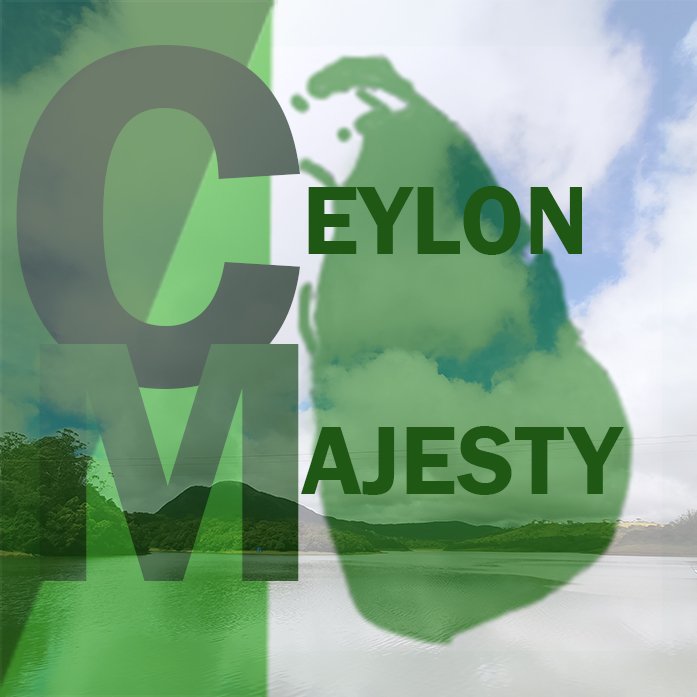Sri Lanka has a long and rich history that dates back over 2,500 years, and there are hundreds of historical landmarks spread across the country. These ancient sites, such as temples, palaces, and forts, reflect the island’s royal heritage and cultural traditions.
Ancient Civilization
Before 2,500 years ago, Sri Lanka’s history is linked to early human settlements and legends. Archaeological findings show that prehistoric people lived on the island thousands of years before recorded history, such as the Balangoda Man, who hunted, gathered food, and used simple tools.
According to ancient stories, Prince Vijaya from India arrived around 543 BC and started the first kingdom in Anuradhapura. This marked the beginning of written history and the foundation of Sri Lankan civilization, which developed advanced agriculture, irrigation systems, and a rich Buddhist culture that shaped the island’s identity for centuries.
Period of Royal Rule
The island’s ancient civilization began with the arrival of Prince Vijaya from India around 543 BC, which led to the establishment of the first kingdom in Anuradhapura. During the period of kings, Sri Lanka saw great rulers such as King Dutugemunu and King Parakramabahu, who built stupas, tanks, and cities that still stand today.
After more than two thousand years of royal rule, foreign powers began to arrive.
Arrival of Foreign Power
Sri Lanka was fully and partially controlled by Portugeese, Dutch and British from 1505 to 1948. This time period has severly impacted some of cultural and social changes of the country.
After Gaining the Independence (Since 1948)
Finally, Sri Lanka gained independence in 1948. Today, the country proudly preserves its royal heritage, colonial architecture, and cultural traditions that reflect its long and diverse history.
